Fashion is at the heart of personal expression. It is a way for individuals to display their creativity while signaling to observers their sense of self and often their politics.
For the LGBTQ+ community, fashion has long been the cornerstone of queer expression, challenging the status quo and allowing individuals to hold space.
In this blog, we delve into how clothing and style serve not just as personal adornments but as profound tools for expression, identity affirmation, social commentary, and community within the LGBTQ+ community.
Featured product:
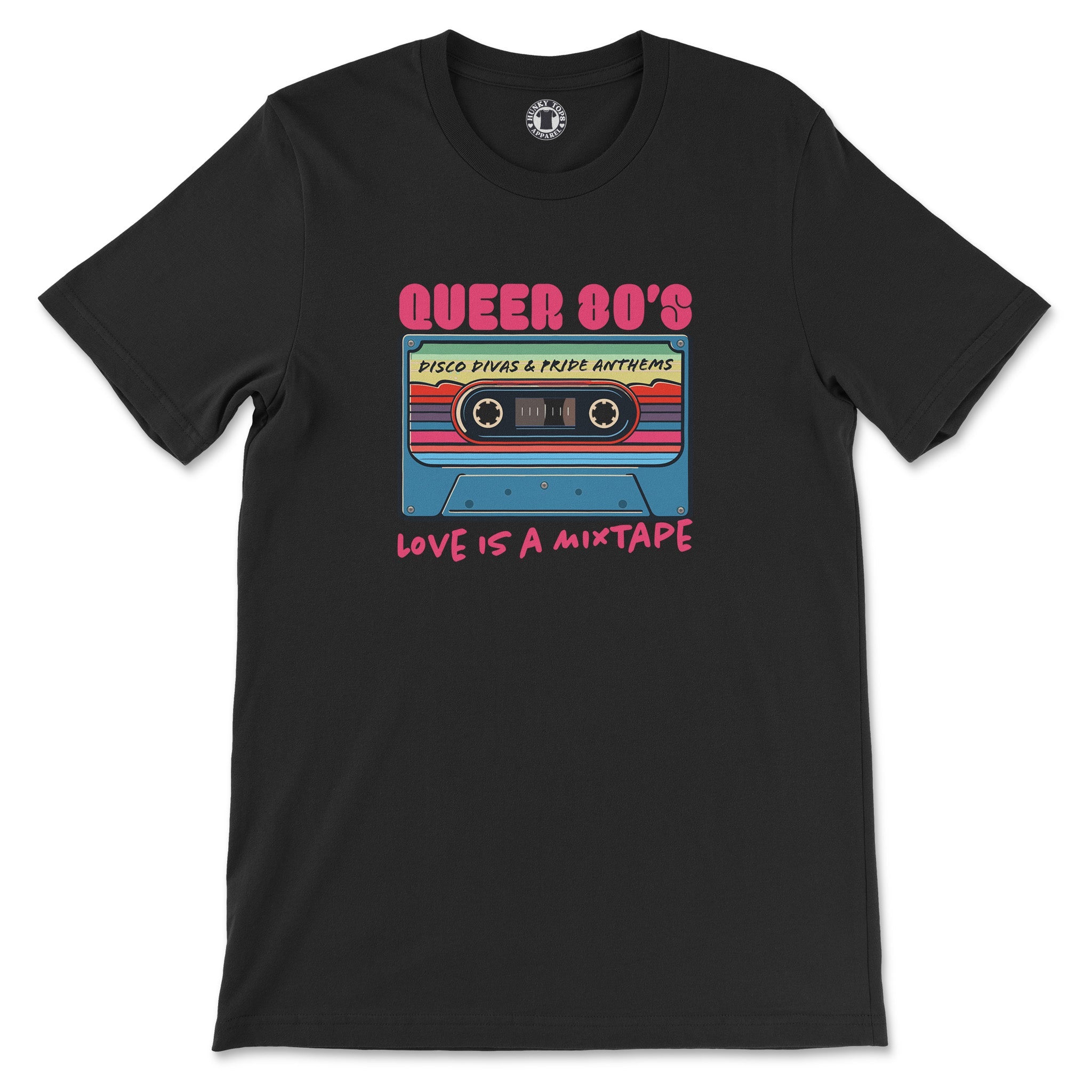
A Brief History of Queer Fashion
Today, the queer community can be seen all over the fashion industry.
From the popularity of queer designers like Alexander McQueen, Jean Paul Gaultier, and Jil Sander to “camp” being named the theme of the 2019 Met Gala, the considerable influence of queer culture is on full display.
While the widespread acceptance and celebration of the LGBTQ+ community is relatively new, queer fashion is not.
Here’s a brief (and incomplete!) timeline of queer fashion within a mainstream context:
- 1880s -1890s: William Dorsey Swann hosted several “drag balls” in Washington, D.C., giving space to formerly enslaved black men to dance in their silk and satin dresses. The ball scene could also be found in cities like New York, Chicago, New Orleans, Baltimore, and Philadelphia.
- 1890s: Green carnations worn in the lapel became a signifier of gay men after Oscar Wilde wore one to indicate his queerness.
- 1920s: Queer women began to adopt “masculine” dress, like trousers and suits to indicate their queerness and challenge gender norms and expectations.
- 1920s: The Harlem Drag Balls began to garner mainstream attention, attracting heterosexual artists, writers, and allies, expanding the reach of this form of creative expression, with the fashions making their way into more mainstream expressions.
- 1960s - 1970s: Rise of the Clones and anti-fashion lesbians. The clones adopted a hyper-masculine look with denim, mustaches, bandanas, and leather as a rejection of the ultra femme fairy stereotype. Think Freddie Mercury in jeans and a white tank top. The Anti-fashion lesbians rejected the male gaze and went out of their way to challenge conventional expectations of gendered clothing, instead choosing a more androgynous style with looser fits and shorter haircuts.
Of course, these are just a few queer fashion moments and movements. LGBTQ+ people have always existed which means our history, and that of our fashion, is long and varied.
The use of materials, colors (like green or lavender), and even ‘cross-dressing,’ have all played significant roles in not only queer expression but in the fashion industry as a whole.
How Fashion Can Support Queer Self Expression
As demonstrated by the above timeline, fashion has played a central role in queer expression. It is political, it is personal, and it is diverse.
Fashion has been used for artistic expression but also as a way to build, support, and signify community.
Certain gay subcultures use clothing, in part, to indicate their interest and involvement in specific activities. For example, those involved in the leather community may have a different style sense than individuals who participate in drag pageants. Sure, there can be overlap and variation within these communities, but for the most part, fashion can be used as a way to say “I am one of you,” creating community at a glance.
Similarly, fashion can be used to loudly and proudly affirm one’s politics. Fashion can, and often is an act of protest. The gendered expectation of particular items of clothing, like dresses or suits and ties, can be used to challenge conventional thinking and demonstrate a broader spectrum of possibility in the human experience. Again, fashion can align queer individuals with particular political movements and celebrations.
Wearing rainbows, during Pride or any other time, is a clear signal of your support of the queer community.
Your fashion sense may not necessarily signal to outsiders that you are LGBTQ+ but it may signal to someone on the inside that you are a safe person. So much of human communication is non-verbal. How you dress and how you present, can speak volumes in critical moments.
Consider the significance of gender-affirming styling for the well-being and safety of trans and gender non-conforming individuals. Clothing, accessories, make-up, and hair styling are often critical elements in an individual's gender expression. Fashion can play a significant role in blending. It can be the tool that helps someone come out or define their identity on their own terms.
Common Ways Fashion is a Form of Queer Expression
Outside of the historical ways in which fashion has been used as a vehicle for queer expression and queer community, it is also used as a way for individuals a way to express their gender and sexual identities, challenge societal norms, and connect with a broader cultural dialogue.
Visibility and Identity
For many in the queer community, fashion is an essential tool for self-definition and visibility. This is especially significant in a world where mainstream culture often ignores or misrepresents queer identities.
Clothing and style choices reflect and affirm one's gender identity and sexual orientation, helping to construct a personal narrative that aligns with one's true self.
For queer people with passing privilege, fashion choices may be the simplest and clearest way to be visible.
Resistance and EmpowermentFashion also serves as a form of resistance against conventional gender norms and societal expectations.
By subverting traditional ideas about what men and women should wear, queer fashion disrupts the binary notions of gender, advocating for a more fluid and inclusive understanding of identity.
Community and Solidarity
As we discussed above, fashion can be used as a communication tool. Through specific fashion choices, individuals can signal their belonging to or support for the queer community.
Such expressions of solidarity can strengthen communal bonds and foster a sense of belonging among members.
Cultural Dialogue
Queer fashion often intersects with political activism, using apparel as a canvas to comment on and influence social issues.
Through statement garments, fashion shows, and everyday attire, the queer community can address topics such as equality, acceptance, and rights, engaging with the wider public in meaningful ways.
Personality
Beyond societal implications, fashion in the queer community allows for a vibrant showcase of individual personality. Each person's unique style offers a glimpse into their character, mood, and personal journey.
It's not just about defying norms, but about celebrating individuality. The choices one makes in clothing and accessories are often deeply personal and emotionally resonant, providing a way to express facets of personality that may not be easily communicated through words alone.
Express Yourself with Hunky Tops
The LGBTQ+ community is large and vast. Not all queer people fit neatly into a particular corner of culture. We either don’t see what feels like an authentic representation of ourselves or we haven’t found a way to work self-expression into our day-to-day wardrobe.
At Hunky Tops, we believe that fashion is for everyone. We design our apparel to help you feel stylish, confident, and strong while expressing your identity, individuality, and sense of humor.
Our diverse and unique designs are created to speak to as many people as possible. From community activism to personal tastes and preferences, we all deserve access to clothing that just feels right and reflects our best selves.
Visit our store to explore our designs!


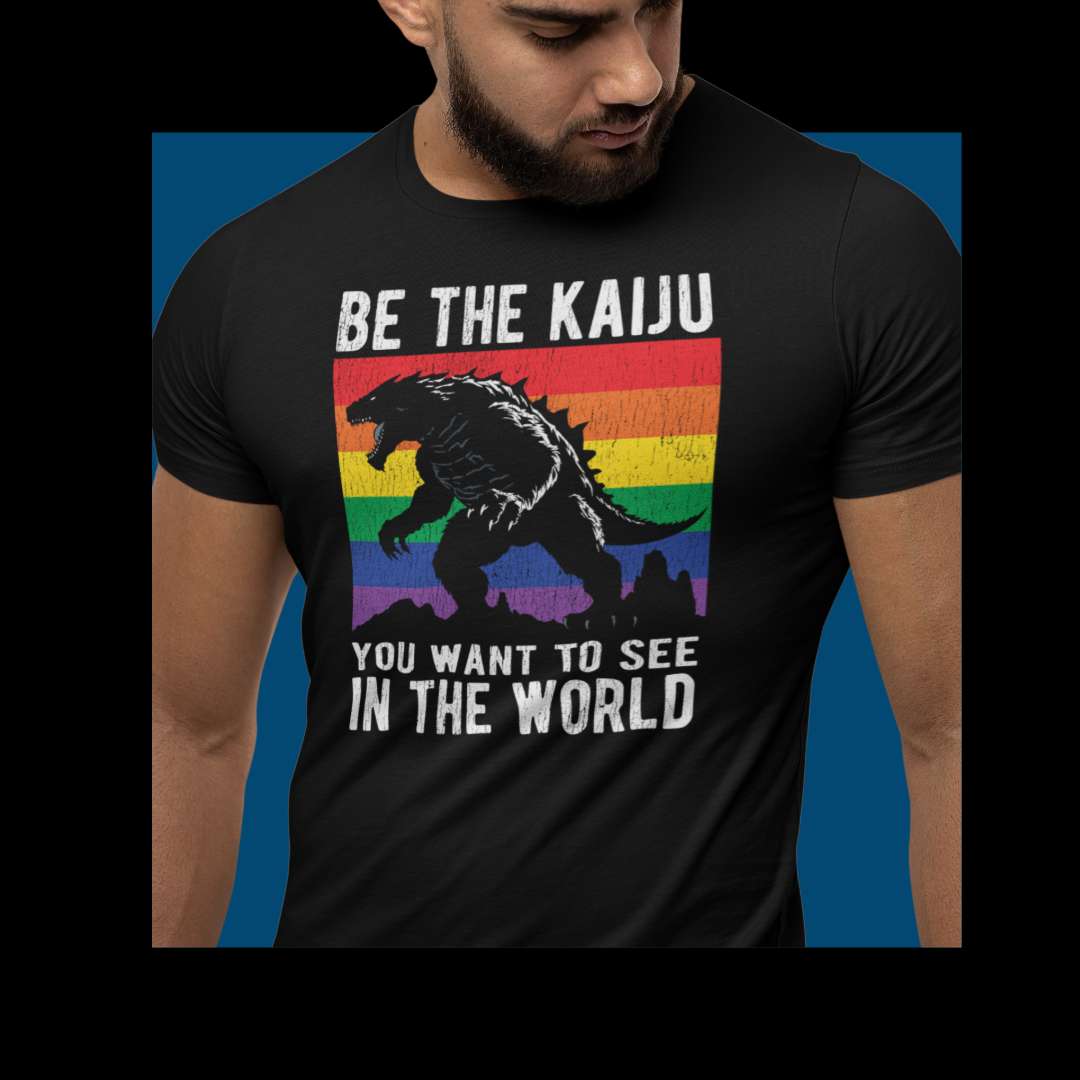
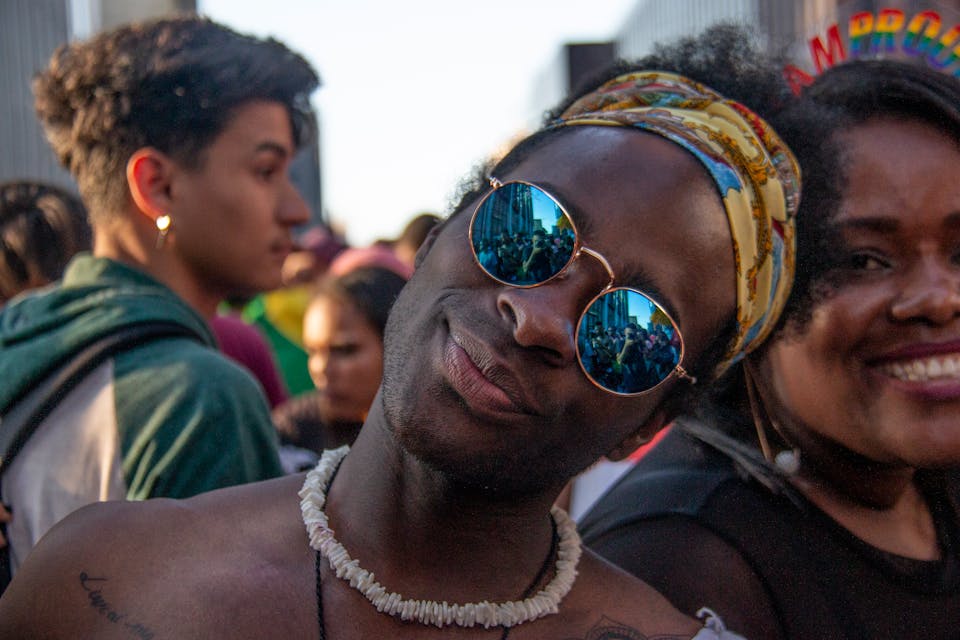
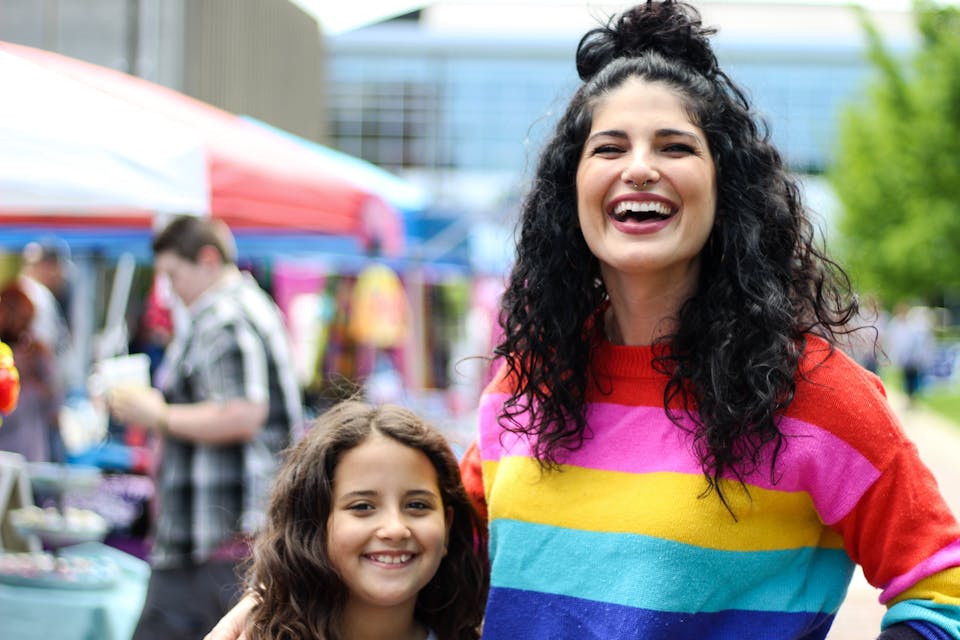
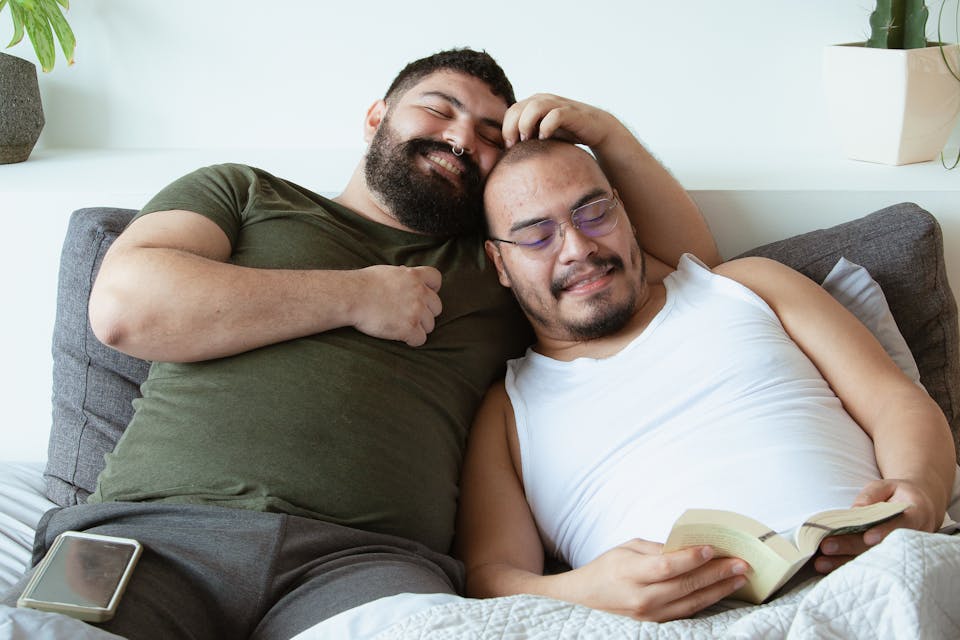


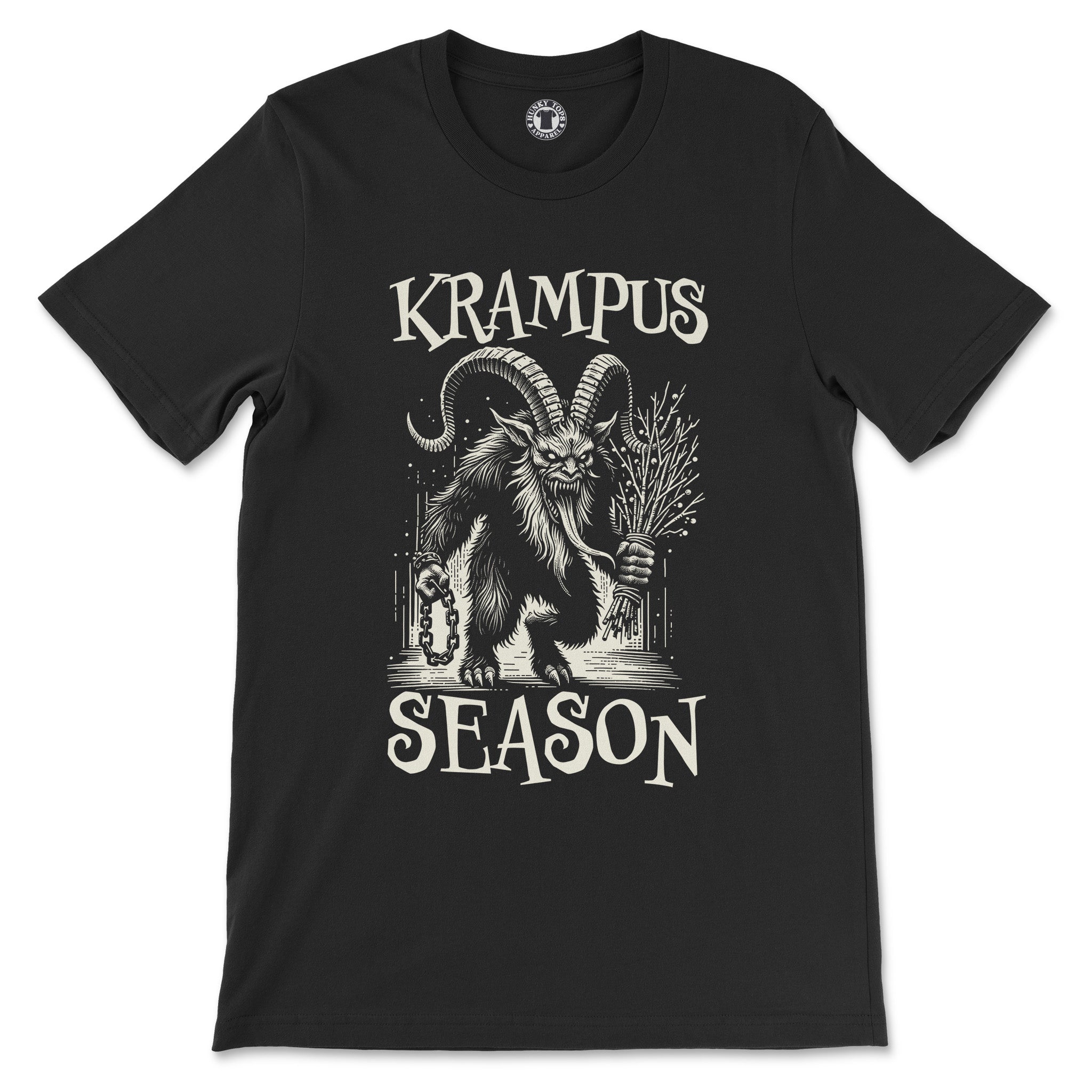
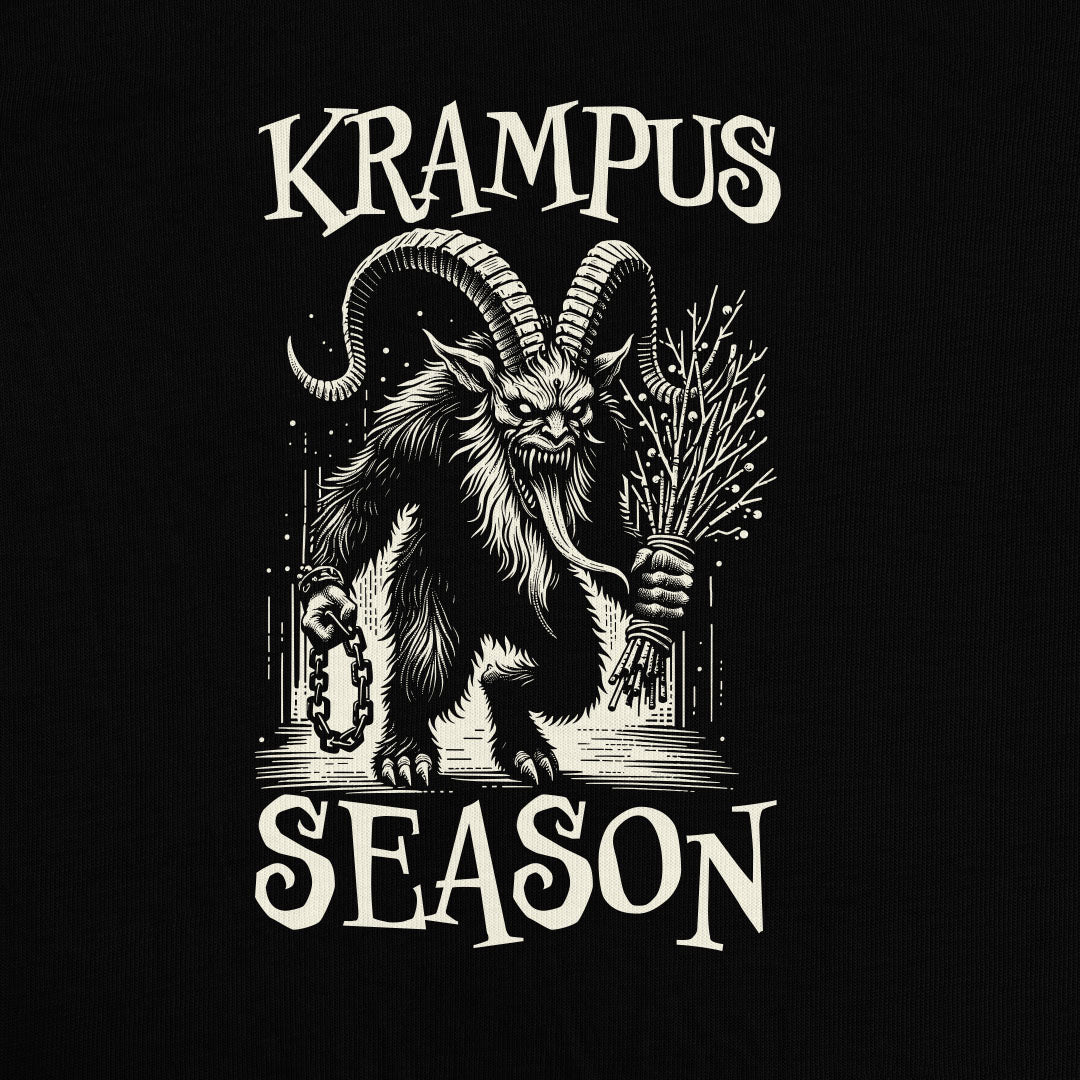
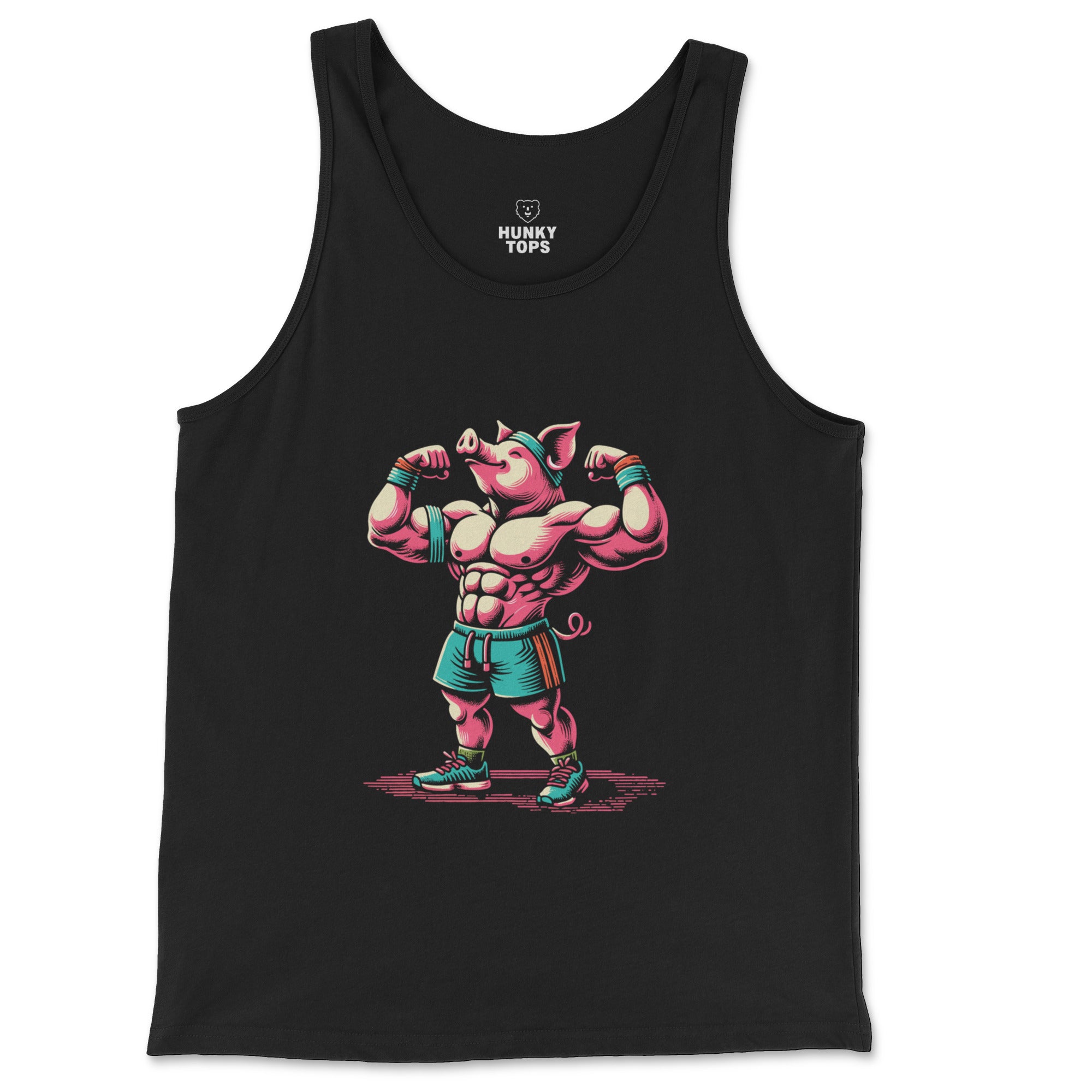
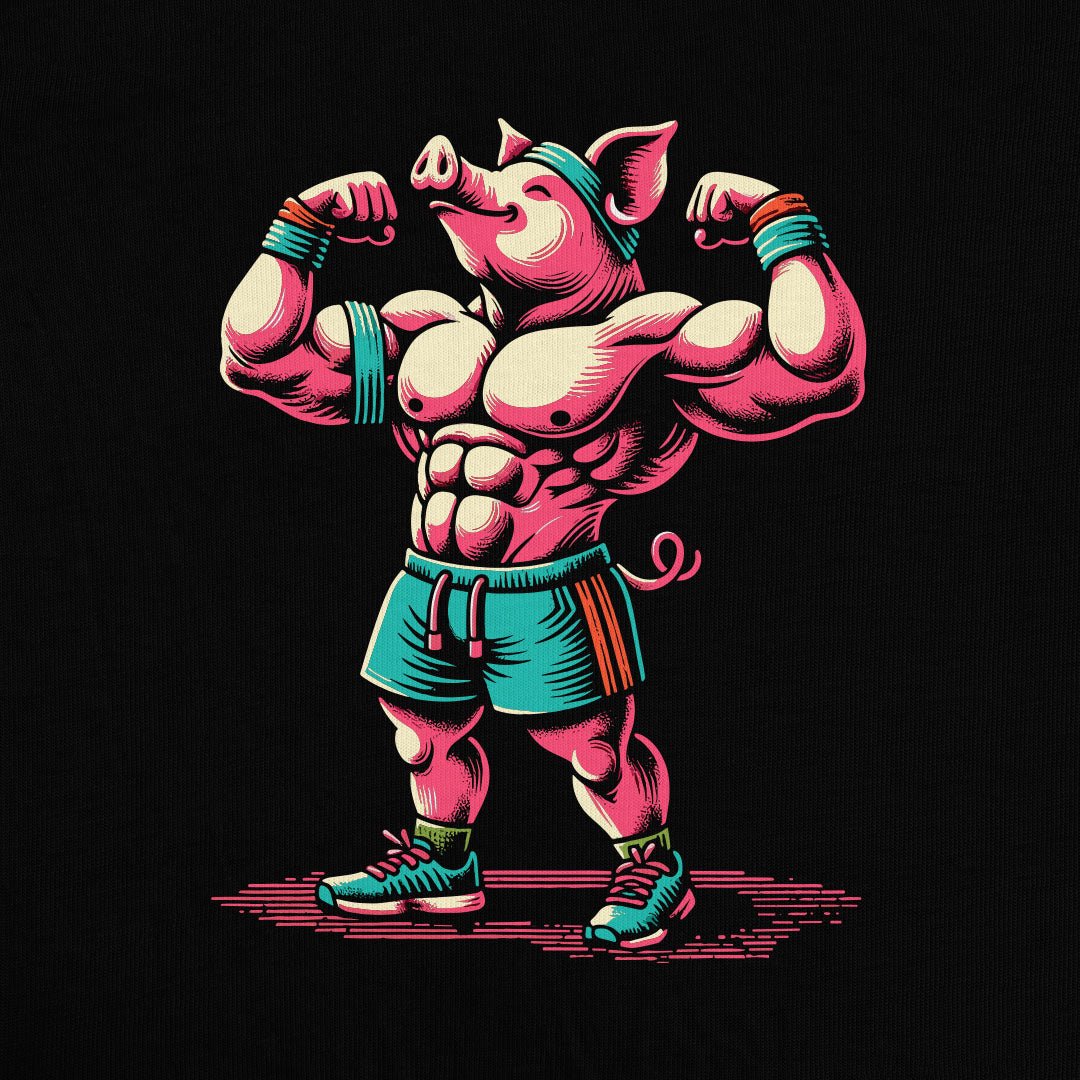
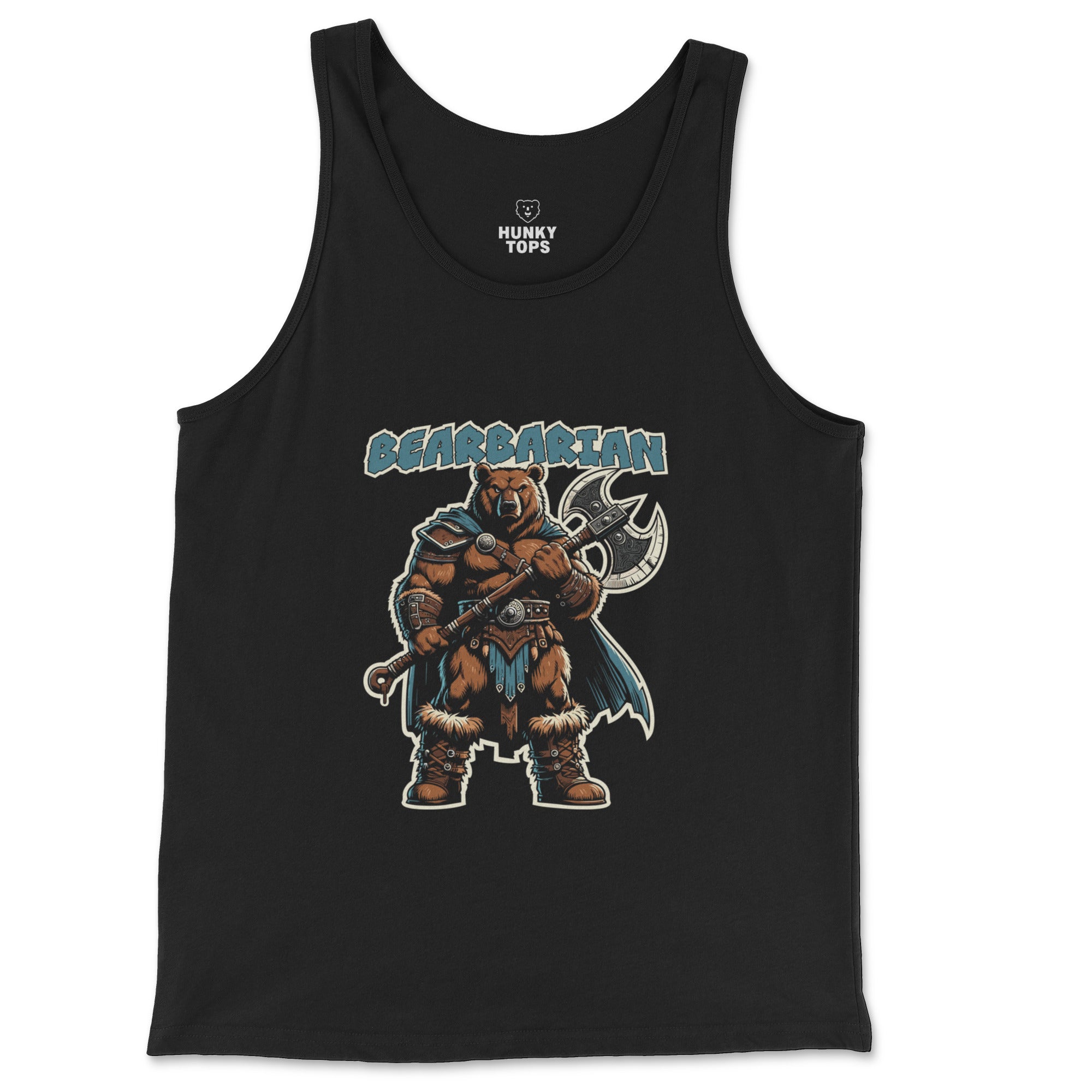
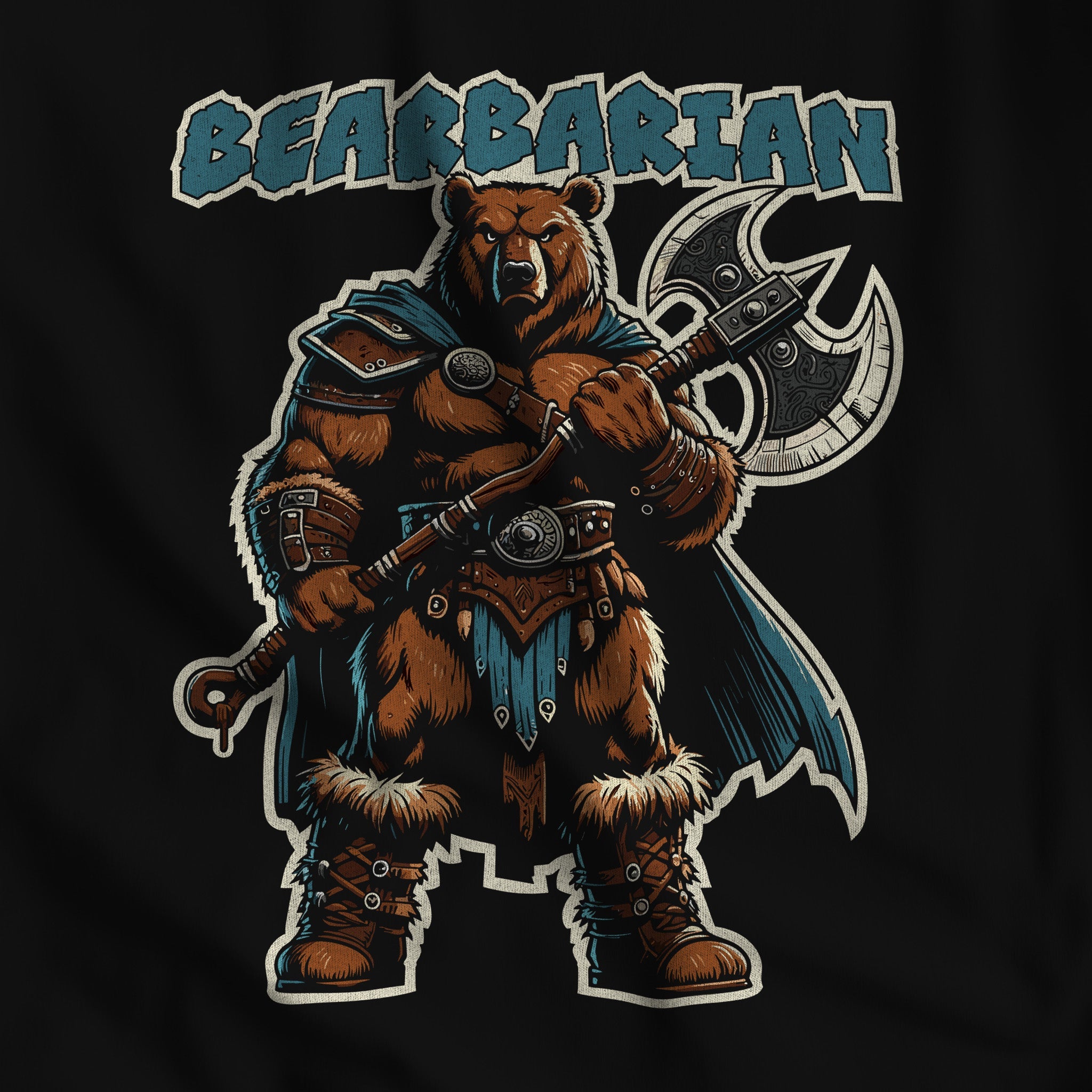
Leave a comment
This site is protected by hCaptcha and the hCaptcha Privacy Policy and Terms of Service apply.